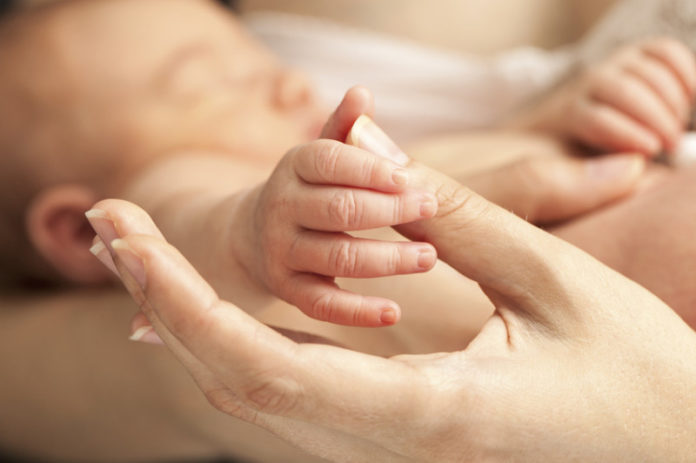
A mother’s “TLC” not only can help soothe pain in infants, but it may also impact early brain development by altering gene activity in a part of the brain involved in emotions, according to new study from NYU Langone Medical Center.
By carefully analyzing what genes were active in infant rat brains when the mother was present or not present, the NYU researchers found that several hundred genes were more, or less, active in rat infants experiencing pain than in those that were not. With their mothers present, however, fewer than 100 genes were similarly expressed.
According to senior study investigator and neurobiologist Regina Sullivan, PhD, who is scheduled to present her team’s findings at the Society for Neuroscience annual meeting in Washington, D.C., on Nov. 18, the research is believed to be the first to show the short-term effects of maternal caregiving in a distressed infant pup’s brain. The study was also designed to support her research into the long-term consequences of differences in how mammals, including humans, are nurtured from birth.
“Our study shows that a mother comforting her infant in pain does not just elicit a behavioral response, but also the comforting itself modifies — for better or worse — critical neural circuitry during early brain development,” says Sullivan, a professor at the NYU School of Medicine and its affiliated Nathan S. Kline Institute for Psychiatric Research.
For the study, researchers performed genetic analyses on tissue from the almond-sized amygdala region of the infant rat pups’ brains that is responsible for processing emotions, such as fear and pleasure.
Sullivan, whose earlier research showed how the mother’s presence controlled electrical signaling in the infant pup’s brain, says her latest findings shed insight on the complexity of treating pain in newborns.
“Nobody wants to see an infant suffer, in rats or any other species,” says Sullivan. “But if opiate drugs are too dangerous to use in human infants because of their addictive properties, then the challenge remains for researchers to find alternative environmental stimuli, including maternal presence, coddling, or other cues, such as a mother’s scent, that could relieve the pain.”
Sullivan cautions, however, that the long-term consequences of these genetic modifications must also be compared to the short-term benefits for tying pain stimuli during infancy to such a powerful symbol of safety and security as the infant’s mother.
“The more we learn about nurturing the infant brain during infancy, the better prepared we are to deal long-term with treating problems that arise from pain, and physical and mental abuse experienced during infancy,” says Sullivan.
Story Source:
The above story is based on materials provided by NYU Langone Medical Center / New York University School of Medicine. Note: Materials may be edited for content and length.
